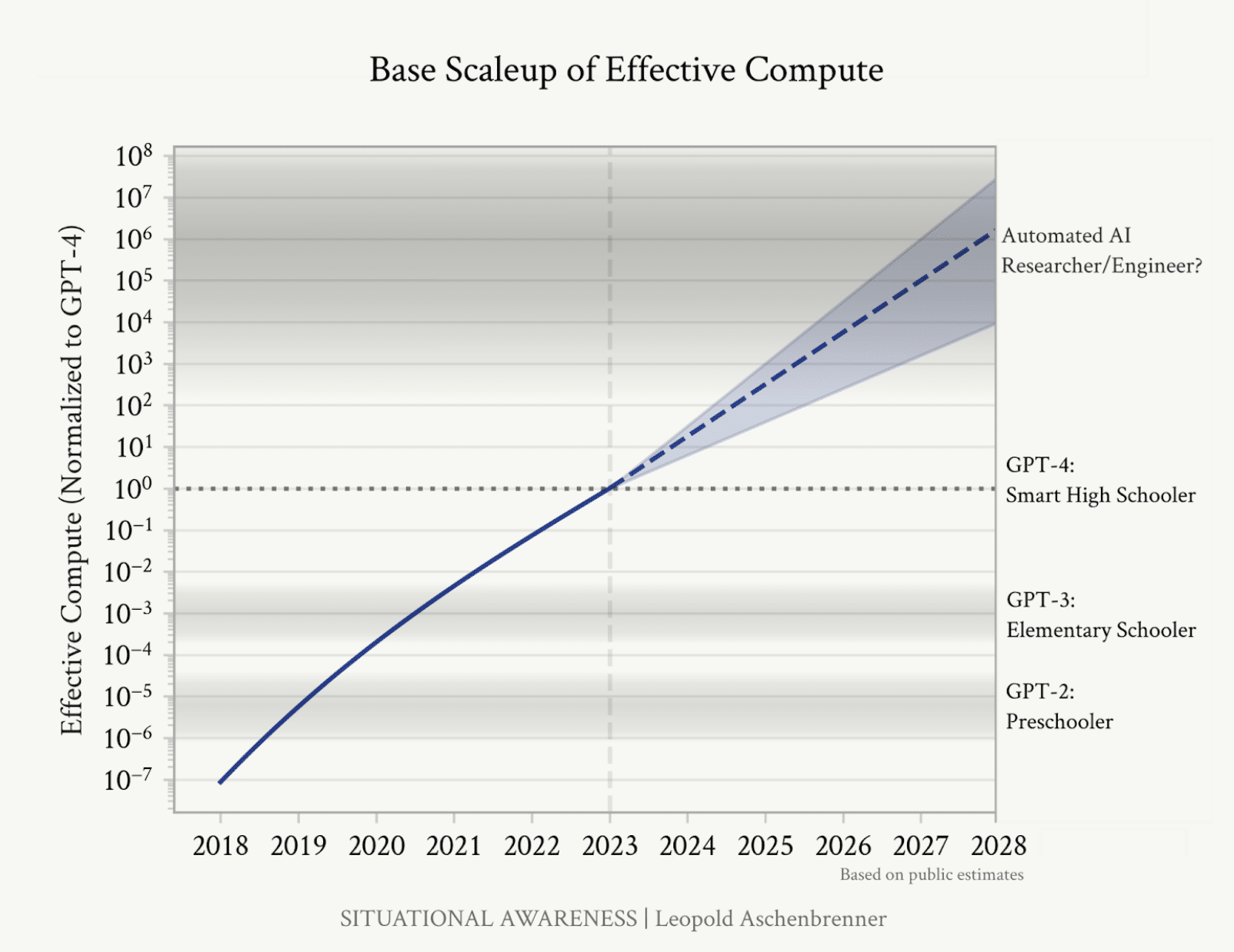Disclosure: The opinions and perspectives shared here are solely those of the author and do not reflect the views of crypto.news’ editorial team.
By 2025, over $200 billion is anticipated to pour into the global AI sector—approximately five times the existing GDP of smaller countries like El Salvador. Nonetheless, the resulting offerings (products, services, and profits) must validate this capital influx and excitement. So far, this has not materialized. AI firms would require an estimated $600 billion to satisfactorily return investments at this stage.
AI must showcase a ‘killer application’ to demonstrate it’s not merely speculative. The fusion of AI with blockchain and cryptocurrency for secure, streamlined, and user-focused payment systems could be the transformative use case to validate AI. For example, Amazon One’s palm recognition capability has already delivered commendable results. Furthermore, AI coupled with blockchain can address ongoing challenges such as excessive centralization, biases in training datasets, and a lack of transparency—leading to a comprehensive enhancement.
The exciting part is that these objectives are relatively attainable today. The blockchain and cryptocurrency framework has grown significantly in performance and usability for both users and developers. Additionally, AI models are on track to achieve human-level intelligence by 2027.

Experiences Over Methods
Approximately 96% of US adults engage in online shopping or payments at least once annually, according to Forrester’s ‘The State Of The US Consumer and Payments’ report for 2024. The rate of digital payment adoption is particularly high among younger adults, who typically use more than four connected devices across various online platforms. These younger consumers are also open to utilizing emerging points of interaction and transaction methods, such as voice assistants and chatbots.
In light of this demographic, retail merchants must prioritize delivering a rich and seamless payment experience, as this can sometimes be more critical than the variety of payment options available. Although younger consumers are generally willing to try new payment methods, compromising on user experience is not acceptable.
AI—both predictive and generative—can support payment service providers and merchants in effectively catering to these modern consumers. For instance, Microsoft’s Co-Pilot for Finance can be integrated with finance applications, enabling users to ‘interact’ with their financial data. From pinpointing key areas of expenditure to posing budget inquiries, these AI-driven tools empower users to make better-informed spending decisions.
Moreover, retail merchants and online platforms can utilize AI to offer personalized payment solutions, pricing, and other promotions by analyzing users’ interaction patterns. Timely discounts can also promote increased sales.
Beyond enhancing user experience and accessibility, AI integration significantly bolsters payment security. Advanced machine learning and natural language processing capabilities enable efficient anomaly detection and real-time identification of financial fraud, sometimes even before it occurs. AI also facilitates additional layers of security for users, such as biometric verification.
Leading financial institutions like HSBC and PayPal have already implemented AI-powered systems to combat money laundering and other payment-related crimes. As technology evolves, over 61% of companies globally are enthusiastic about deploying AI to enhance and secure their payment processes.
Securing the Secure
Utilizing predictive security measures and data analytics to protect digital payments is among AI’s key contributions to the international financial sector. Nevertheless, the development and training of AI models demand significant resources. For instance, OpenAI invested “over $100 million” to train GPT-4, a cost far beyond the reach of most mid-sized and small enterprises.
As development and training expenses continue to rise, an increasing number of aspiring builders will find themselves priced out of the AI competition. This trend could lead to further centralization in an industry that’s already skewed in favor of a select few. To provide perspective, two-thirds of the total funding raised by emerging AI initiatives went to major tech corporations.
A web3-native payment infrastructure is essential to mitigate the potential adverse impacts of increased institutional involvement and participation. This is equally applicable to AI-powered payment solutions. An abundance of AI leads to a greater volume of data creation and extraction. Effectively managing these extensive datasets, often containing sensitive information, on highly centralized servers poses serious risks to security, privacy, and user autonomy.
This is partly why web3-focused entrepreneurs and venture capitalists advocate for decentralized AI solutions—for payment systems and other applications. This sector attracted over $207 million in funding in under 96 hours in early July.
As a globally distributed, transparent, and tamper-proof database technology, blockchain aligns perfectly with AI systems. Decentralized payment infrastructures can leverage AI to deliver a smooth and interoperable user experience, although several hurdles hinder the widespread adoption of web3-native payment systems at present.
AI in payments represents an opportunity exceeding $55 billion by 2031, with blockchain and cryptocurrency playing a vital role in turning this potential into reality. The synergy will enable merchants and service providers to deliver a robust payment experience alongside a diverse array of payment options—fiat, crypto, and beyond.
If the AI sector is earnest about discovering the ‘killer app’ for sustained, long-term adoption, it cannot disregard the decentralized payments framework. Here is where solutions to longstanding challenges coexist with opportunities for innovative advancements. This presents a clear path forward.









